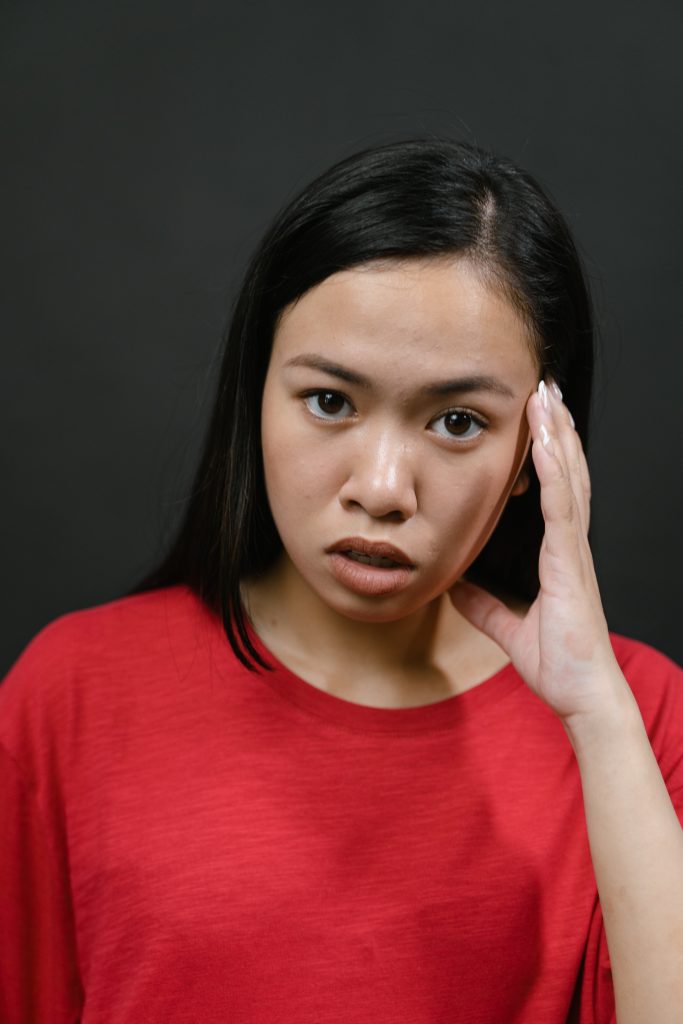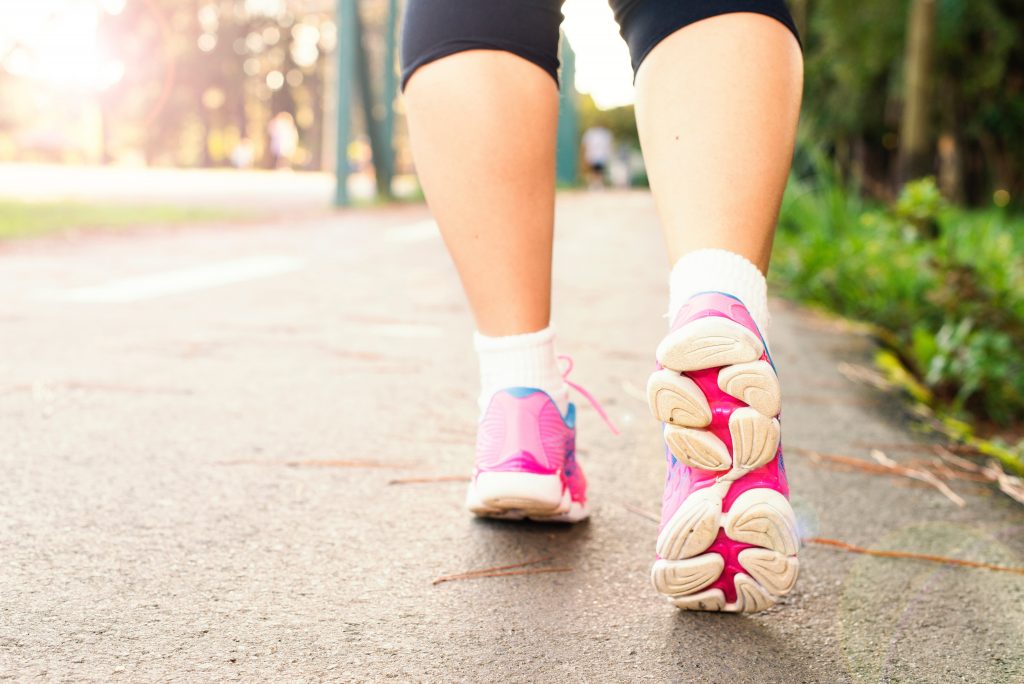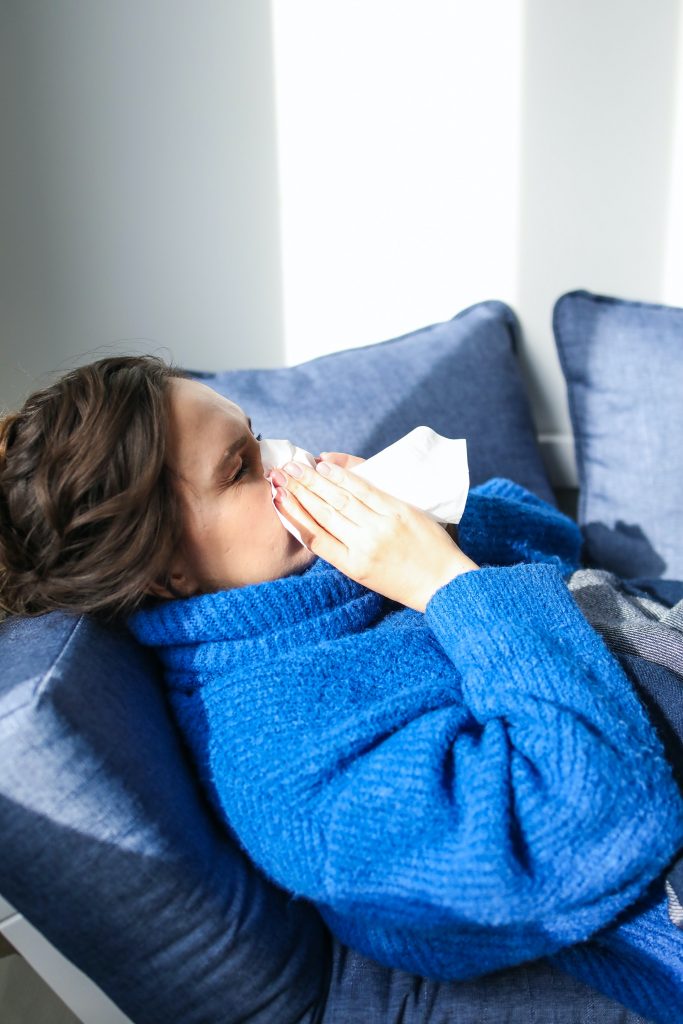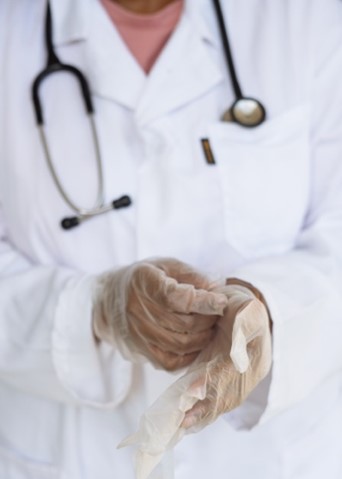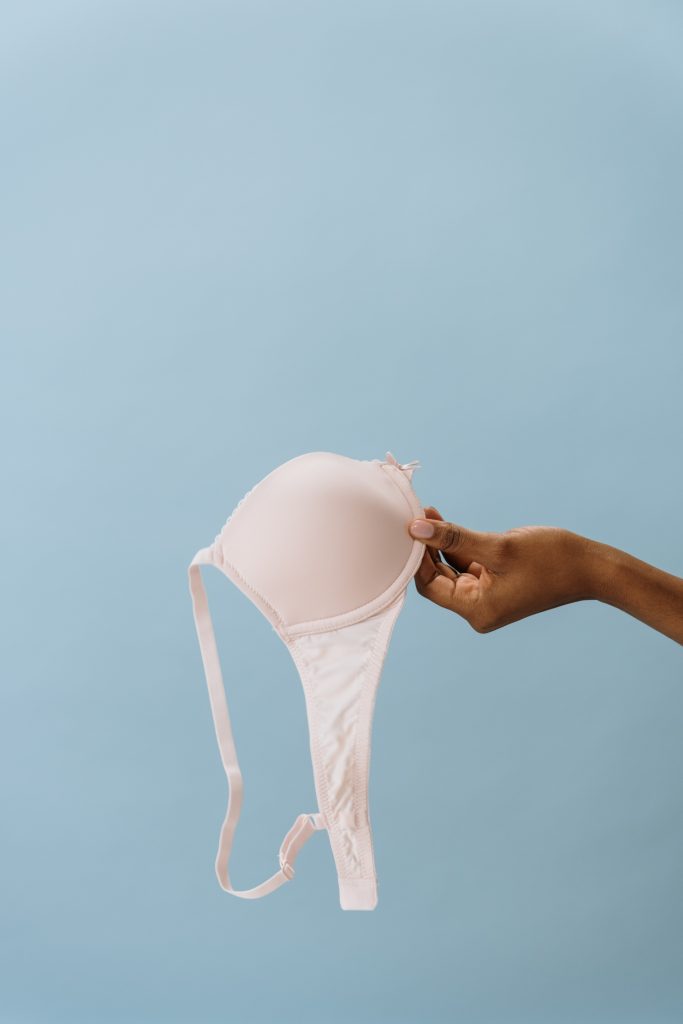It’s Allergy Awareness Week so let’s take a look at one of the most common allergies: hay fever.
Are you plagued by bleary, itchy eyes, a runny nose or a serious dose of the sneezes? You could have hay fever. Let’s find out more about hay fever and how to treat it…
WHAT IS HAY FEVER?
Hay fever is a common allergic reaction to pollen from plants or other allergens, such as mould or house mites. Hay fever usually strikes around certain seasons. For example, grass pollen can be an issue from May to July, causing hay fever sufferers an uncomfortable summer.
WHAT ARE THE SYMPTOMS?
The most common symptoms of hay fever are often very much like a cold. They can include:
- Sneezing and/or a blocked/runny nose
- Itchy throat, nose, ears and eyes.
- Headaches
- Blocked sinuses
- Shortness of breath (especially in people who have asthma)
If you suffer from hay fever, you may notice the symptoms become worse when the pollen count is especially high. Hay fever symptoms can really affect your day-to-day life and make you feel miserable but there are ways to treat it and to reduce the symptoms.
HOW CAN I TREAT HAY FEVER?
Unfortunately, there is no cure for hay fever but there are various medicines available to soothe the symptoms. The most common way to treat hay fever is with antihistamines. These are small pills designed to reduce hay fever symptoms and can be bought over the counter at your local pharmacy. Sometimes, antihistamines can make you feel sleepy so be sure to talk to your pharmacist to get the best advice on which type you should take.
There are also specially made nasal sprays and eye drops to help soothe itchy eyes or a blocked, sore nose.
TOP TIPS TO REDUCE HAY FEVER
You can make some changes in your life to try and reduce the symptoms of hay fever. You won’t be able to avoid hay fever completely, but small changes can make a difference:
- Smear a thin layer of Vaseline around your nostrils. This helps to trap pollen before it gets up your nose.
- Keep your bedroom window closed through the day and night to reduce the amount of pollen getting in.
- Take a quick shower and change your clothes after being outside to get rid of any pollen lingering on your clothing or skin.
- Stay indoors on days when the pollen count is particularly high. You can check the pollen count on the daily weather report or on your phone to be more prepared for the day ahead.
- Pop on a pair of sunglasses when you’re out and about to give your eyes some extra protection.
- Avoid walking through freshly-cut grass or fields.
- Dry your clothes in the house, rather than outside on the washing line.
- Avoid having fresh flowers in the house.
If you think you might be suffering from hay fever, talk to an adult about your symptoms and ask them to help you get the right treatment for you. To find out more information about hay fever and how to treat it, click here.

